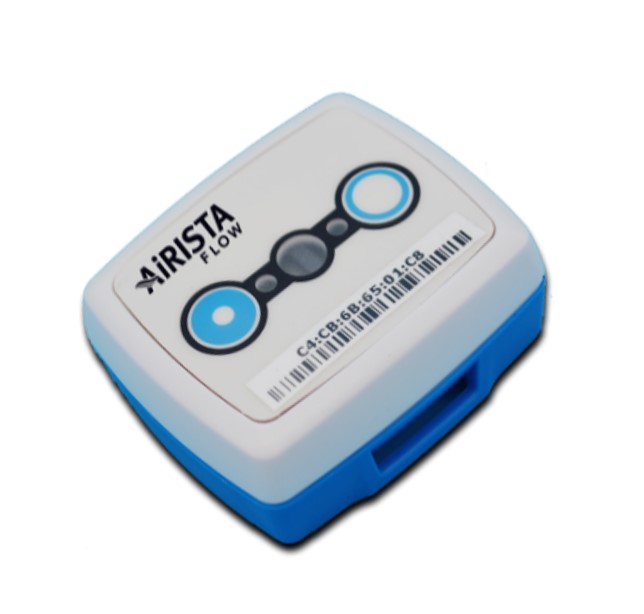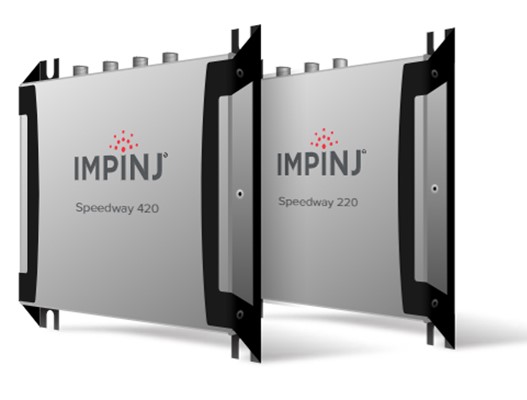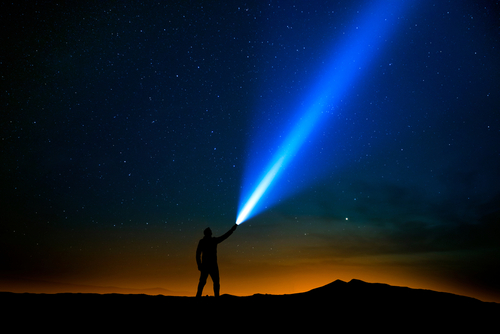Knowing when to use RTLS and RFID helps align costs with resulting benefits and can even complement each other.
We all know the difference between an Apple AirTag and navigation apps on your mobile phone. Unlike the AirTag that only alerts when near an iPhone, navigation apps provide continuous location tracking. Like the AirTag example, RFID tags are detected as the tag passes an RFID reader device. This is useful when you want to know, for example, when a piece of clothing is leaving the store. RTLS, like the navigation app, continuously tracks the shopper as they move through the store and provides insights into length of time spent in various departments.
The concepts behind RFID and RTLS are simple.
Think of a flashlight pointing across a dark doorway. As an object passes through the light beam, light from the flashlight is reflected and the object is illuminated. RFID readers act like the flashlight, emitting a continuous radio signal. When an RFID tag passes, the tag is charged by the radio energy and reflects the harvested energy back to the reader. The returning signal includes an encoded identifier unique to each tag which is passed by the RFID reader to an application.
is reflected and the object is illuminated. RFID readers act like the flashlight, emitting a continuous radio signal. When an RFID tag passes, the tag is charged by the radio energy and reflects the harvested energy back to the reader. The returning signal includes an encoded identifier unique to each tag which is passed by the RFID reader to an application.
RTLS technology turns this model upside down. Unlike the RFID tag which has no energy  source, the RTLS tag generates its own radio signal using a small battery. Like a lantern carried through the dark, the radio signal from the RTLS tag is detected by all receivers in its area. These receivers include devices like wireless access points. When these receivers compare the signal characteristics among each other (e.g. signal strength) triangulation is used to determine an x/y location. This x/y location continuously updates as the tag moves through the area.
source, the RTLS tag generates its own radio signal using a small battery. Like a lantern carried through the dark, the radio signal from the RTLS tag is detected by all receivers in its area. These receivers include devices like wireless access points. When these receivers compare the signal characteristics among each other (e.g. signal strength) triangulation is used to determine an x/y location. This x/y location continuously updates as the tag moves through the area.
Infrared (light energy) and sonar (sound energy) are used in some RTLS solutions. Unlike radio energy which can bleed through walls, these technologies can ensure room level accuracy (IR) and bed level accuracy (sound). But these solutions require installation of additional infrastructure. As Bluetooth Low Energy (BLE) solutions become more accurate and less expensive, BLE has become a favorite radio-based solution providing accuracy to less than 1 meter.
When to use RTLS vs. RFID
The low price points of RFID tags make it a good solution for price sensitive applications. The cost grows as the number of areas monitored necessitates more RFID readers. The following use cases are examples in various industries.
of areas monitored necessitates more RFID readers. The following use cases are examples in various industries.
- Hospitals use RFID in access systems when employees hold their ID against door readers.
- Tool cribs are used by manufacturers when employees check expensive tools in and out of secured areas.
- Shipping and logistics departments use RFID at dock doors to automatically identify goods entering and leaving the building.
- Universities that suffer from lost or stolen science equipment use RFID to determine when assets leave the building.
Despite the higher price for tags, RTLS solutions are effective when you need to find people or equipment in the moment, view location history, or respond to an emergency in real time.
- Knowing the location and historic use of infusion pumps using asset tracking tags helps healthcare providers improve patient throughput and reduce unnecessary equipment leases.
- Nimble manufacturers are able to deliver the right parts to the right work cell at the right time for engineered-to-order goods.
- Logistics providers automate location and inventory counting by tagging containers and pallets with RTLS tags.
- K-12 schools use RTLS tags to alert to an SOS event with an associated location. Responders are automatically alerted to the event with its location.
Bringing RFID and RTLS together
When thinking about solutions that offer system-wide insights, you need an RTLS software platform that supports both  RTLS and RFID for a unified view of your assets and people in motion. Many of AiRISTA’s customer deployments require both RFID and RTLS solutions. Not only does AiRISTA sell and support RFID in addition to its RTLS systems, its sofia software platform provides a unified view with workflows that combine insights from both RFIS and RTLS for a common view across the enterprise.
RTLS and RFID for a unified view of your assets and people in motion. Many of AiRISTA’s customer deployments require both RFID and RTLS solutions. Not only does AiRISTA sell and support RFID in addition to its RTLS systems, its sofia software platform provides a unified view with workflows that combine insights from both RFIS and RTLS for a common view across the enterprise.
Please contact us to explore how location insights are improving business for a variety of customers. salesinfo@airista.com





